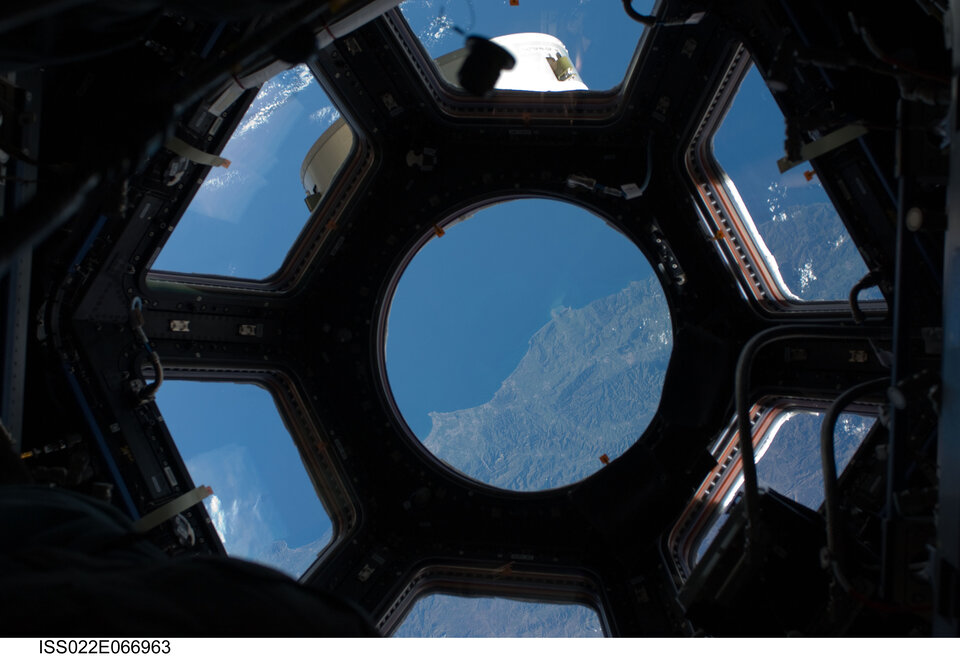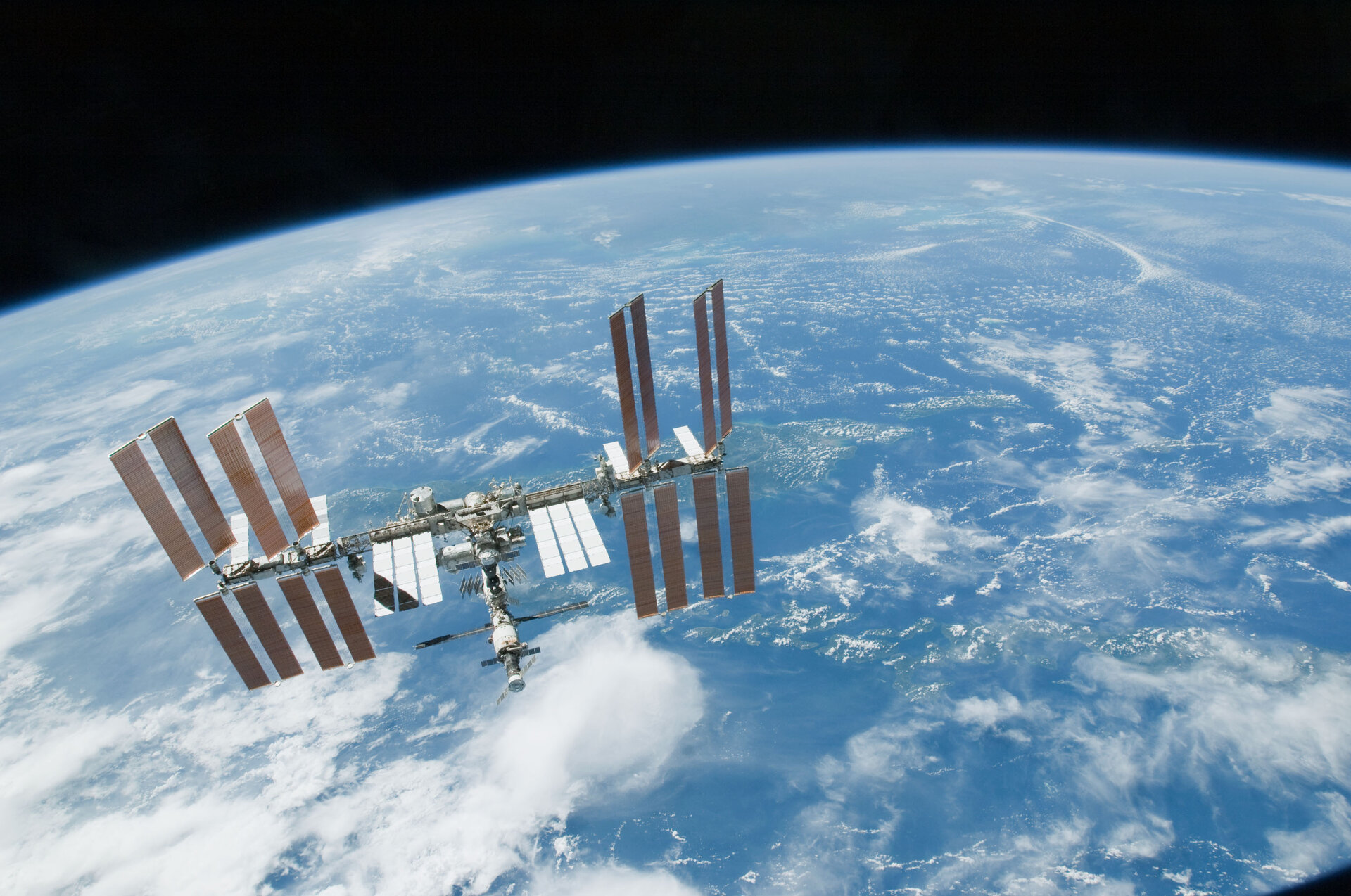A testbed for future space exploration
The International Space Station (ISS) is a successful laboratory for science and technology, but it could be called on for even more exciting uses. Please note: the deadline extended to 10 December!
ESA is now asking for fresh and challenging ideas to expand the use of the ISS for exploring deeper space. The ISS has been orbiting Earth for the past decade, and it will be used for at least ten years more – confirmed by our international partners. It might be in space, but its work is benefiting us on the ground.
ESA plans to continue the valuable life and physical sciences research, perform fundamental new experiments and study Earth to help understand global climate change.
Building on this, we are already thinking about sending astronauts from low Earth orbit to explore deeper space – the Moon, Mars, asteroids and perhaps other destinations.
To prepare for these pioneering missions, ESA's Directorate of Human Spaceflight is now calling for ideas for using the ISS to test the new capabilities and technologies needed for venturing further into the Solar System.
“A new era for the utilisation of the International Space Station is about to start,” said Simonetta Di Pippo, ESA’s Director of Human Spaceflight.
The sky is not the limit

We are gathering ideas for experiments, spacecraft systems, subsystems and components, technology demonstrations, operations and education in preparation for future exploration missions.
For instance, these long-duration flights pose new threats to astronaut health because of the radiation, microgravity and prolonged isolation.
New ideas are needed for regenerative life-support systems, waste and water processing and food production. These technologies must be tested in a realistic situation before using them on actual exploration missions.
The handling of failures, maintenance and repairs needs a fresh approach because crews will be on their own so far from Earth. Built-in self-diagnosis and automatic recovery will be required, perhaps with materials that repair themselves.
The ISS offers an ideal opportunity for the final testing and initial use of habitation modules and facilities, as well as new robots for maintenance, repairs and handling cargo.
Tele-operations, telecommunications and improved information systems will increase the crew’s autonomy and reduce their dependency on ground support. These can all be tested safely aboard the ISS, before we leap beyond Earth orbit.
Act before 10 December
The call is directed towards space developers, research groups, industry, national institutions, academia and educational institutes, entrepreneurs and ESA’s own staff. Share your visions with us.
Details are attached (see link on the right). Letters of interest (not mandatory nor binding) are required by 5 November and idea proposals by 10 December 2010 using the form on the right.
“This call is intended to support the preparation of a Programme Proposal to be submitted to the ESA Member States at the next ESA Ministerial Council in 2012,” said Simonetta Di Pippo. It is not part of a formal selection process for ESA’s ISS Utilisation programme.
For more information, please contact:
Sylvie Espinasse
ESA Directorate of Human Spaceflight
Tel: +31 71 565 4636
Email: ISSforExploration@esa.int




